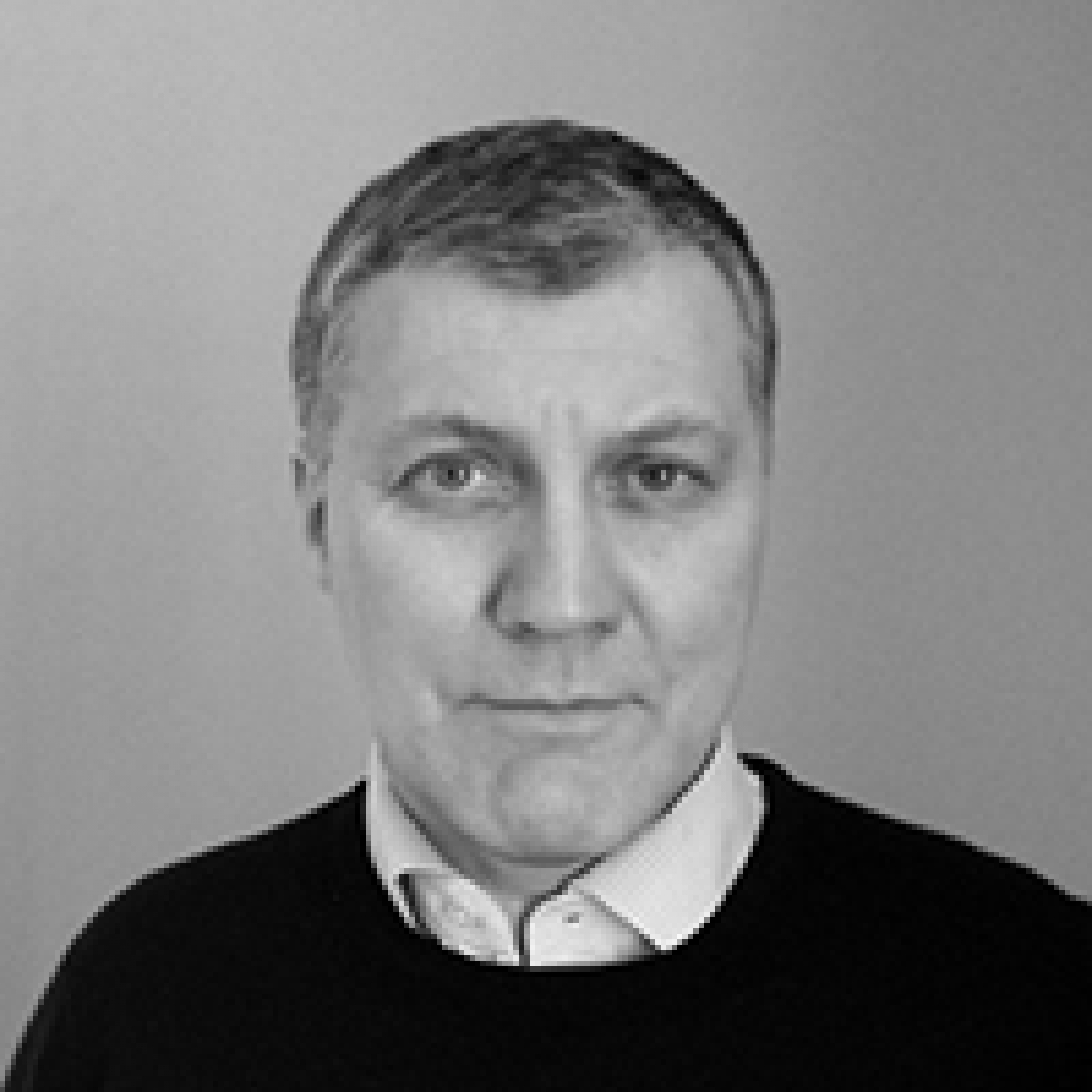
THE CHALLENGE
Individual land titling remains a dominant feature of global slum-upgrading initiatives. Proponents of privatizing informal settlements argue that titles bring tenure security through legal, financial, and administrative clarity, allowing economic benefits for residents, including rental income, capital gains on sale, and access to credit. On the other hand, much research has since demonstrated how this approach can be deeply flawed, resulting in countless false claims, immediate resale of land, displacement, and creation of new informal settlements, and an explosion in land value that only benefits local patronage networks.
What is clear is that even in Europe or the United States, when considering easements, zoning, complex families, or mortgage derivatives, the idea that property can be entirely individualized remains mythical. Moving beyond the rhetorics of capitalist development and normative critiques of neoliberalism, this project will attempt to account for the fact that the realities of property are always highly complex, messy, and contingent: hidden values and aspirations laden within regimes of property ownership must be understood through their commensurability or incommensurability, factors that are only visible given enough time to document changes in the built environment and enough space to understand possible displacements of people.
OUR APPROACH
This project studies cultures of property in Medellin’s Comunas and the reception of technologies currently working to make them more uniform. It aims to evaluate how developments in data gathering, mathematical modelling, and mobile mapping can document urban migration and violence to predict the effects of implementing different property rights arrangements. It then shifts to a propositional stance, via an “architectural social science,” through PEAK, land policy, and start-up funding networks: attempting to combine data and architecture services into a platform that helps sustain property rights beyond existing individualized models, including the acquisition, management, and profit sharing of mixed communal-individual land ownership.
A wide range of technological tools have emerged in the last five years and are currently at the disposal of policy makers, companies, and research-practitioners seeking to work at the intersection of law, land, and income-generation. The analysis of forms of property created by/propelling urban violence/migration in Medellin, of technologies promising to clearly parcel land through privatisation, and the development of strategies for using them in new ways raises the following key research questions:
Phase 1:
- What are past, existing, and emerging forms of complex property relations in informal Medellin, as seen through the lens of urban migration and violence?
- What are the assumptions built into technologies pushing for land privatisation, with respect to their short- and long-term economic, social, and cultural effects on people?
- What impact do these technologies have on everyday and professional architecture?
Phase 2:
- How can the gathering and modelling of big data linking urban migration and violence reveal existing property rights arrangements and the effects of privatisation over time?
- How can the gathering and modelling of big data on construction & architectural patterns recognize forms of property rights and the effects of privatisation over time?
Phase 3:
- How can alternative regimes of property rights facilitate rural-urban migrant integration?
- How can data, mobile technology, satellite mapping, blockchain cadastration, and platform cooperativism help create and manage mixed, context-specific property forms?
- How can architecture work with technology to sustain experimental property rights?
LATEST DEVELOPMENTS
The project thus far involves three central aspects: evaluation of existing phenomena, project experimentation, and definition of new research methodologies.
In terms of evaluation, early research on two property titling digital platforms shows how mobile applications acquire user networks by aligning with large conglomerates (usually from the urban agricultural sector), providing digital land titling as a service to employees. It documents the new administrative chain for property titling that is emerging at the neighbourhood scale and the potential ways that local gangs or bureaucracies can exploit this chain and lead to displacement.
Based on initial findings, we are developing an urban experiment in a district of Medellin called Moravia that is at risk of eviction by compulsory land purchase, and thus also forced migration: imagining new institutional, financial, and legal mechanisms for property titling that strengthen neighbourhood-scale circular economies, reduce incentives for quick sale of land at low prices, and generate funds for upgrading initiatives. This involves establishment of a joint initiative between a local mobile technology platform (Coopropriedad.co), a local architecture cooperative (Coonvite), and a local legal support network (Moravia Resiste) to propose property, administration, and architecture systems together. Specifically, the group is testing how laws and financial instruments normally reserved exclusively for the development of luxury condominiums can be applied to the urban poor, learning from mobile platforms to overcome historic collaboration barriers. Initial results show that a bespoke property model, modifying legal and financial precedents set by elite communities, that individualises dwelling ownership but aggregates land or building ownership at the scale of five to twenty households into a joint public-community partnership trust could satisfy household desires for financialization while creating cost-effective, locally-administered upgrading entities.
Towards understanding the relationship between evaluation and experimentation, this project also involves a series of three workshops on methodology for a speculative (or ‘architectural’) social science, based in Cambridge and Oxford. The PEAK Urban Workshops on Experimental Property will bring together key researchers in the social sciences with experimental property practitioners in architecture, digital technology, and law, to define methods for research to not only focus on avoiding undesirable future, but to bring new possibilities for urban life closer to the present. This will result in an edited book.
People



